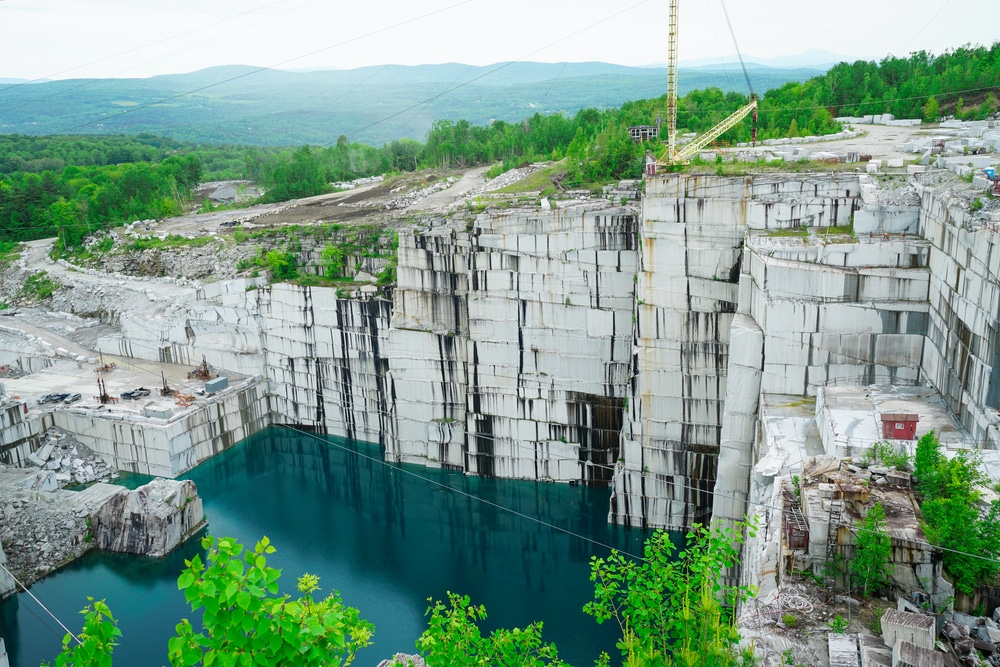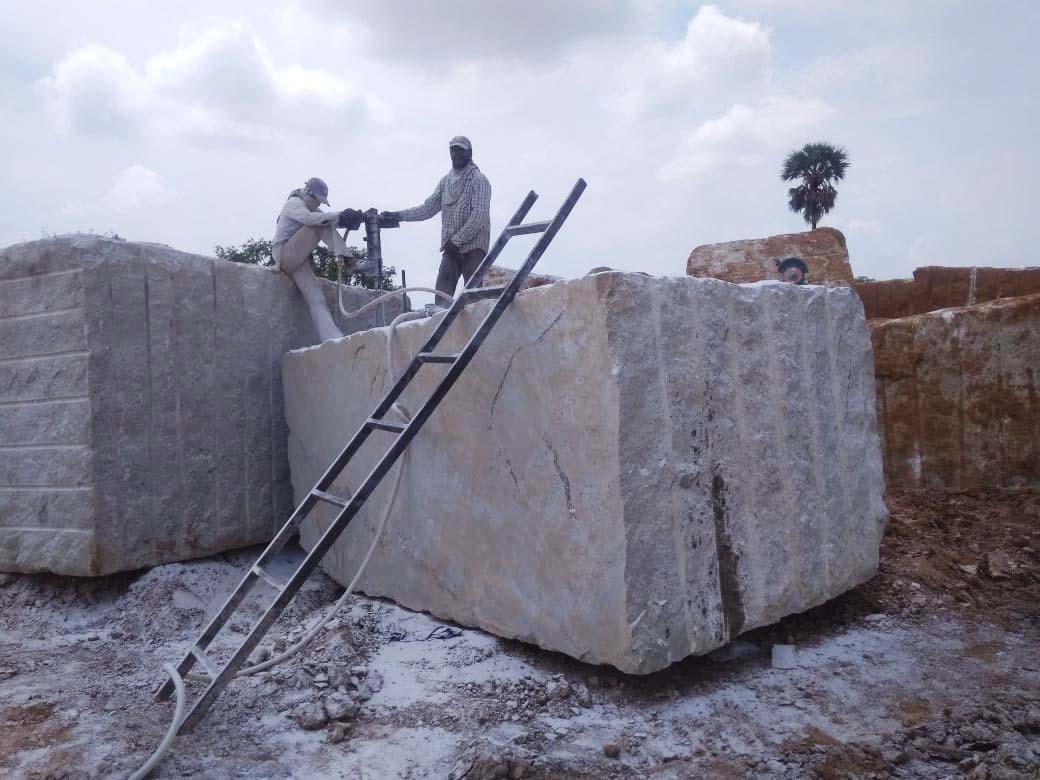Revealing the Mysteries of Granite Quarrying: Where Strength and Beauty Meet
The globe of granite quarrying is a world where the raw strength of nature assembles with human virtuosity to create structures that stand the examination of time with an air of style. From the depths of quarries to the precise sprucing up in workshops, the procedure of changing granite right into architectural marvels is a complicated dancing of tradition and development. As we peer into the midsts of this old craft, we start to uncover the covert ins and outs that form the really essence of our developed atmosphere.
The Beginnings of Granite Quarrying
In the annals of architectural history, the beginnings of granite quarrying are shrouded in a tapestry of old craftsmanship and geological marvels. Dating back to old Egypt and Mesopotamia, the extraction of granite from quarries marked the beginning of a journey that would ultimately cause the production of several of the globe's most famous frameworks.
Granite quarrying's origins can be mapped to the experienced artisans who acknowledged the rock's longevity and visual allure. Via a mix of primitive devices and large resolution, these very early quarry employees discovered granite blocks that would become the foundation of people.
As people evolved, so did the strategies of quarrying granite. The Romans, renowned for their design prowess, developed advanced approaches for removing granite to build monuments, holy places, and roadways that stood the test of time.
The legacy of these old quarrying methods continues to shape modern-day design, with granite remaining an icon of stamina and beauty in construction tasks around the world. (granite quarries in south africa)
Tools of the Quarrying Profession
The development of granite quarrying techniques from old worlds to modern times highlights the crucial duty played by the tools of the quarrying sell forming the industry's techniques. In ancient times, quarrying devices were fundamental, frequently being composed of blades, hammers, and wedges made from materials like bronze or iron. These devices required considerable manpower and time to essence granite blocks from quarries.

Additionally, the intro of pneumatic tools and high-powered equipment has actually substantially decreased the physical labor needed in quarrying procedures, boosting employee security and efficiency. As the quarrying market continues to innovate, the tools of the profession continue to be at the center of driving development and shaping the future of granite extraction.
Extracting Blocks of Granite
Making use of accuracy machinery and progressed methods, the removal of granite blocks from quarries has actually ended up being a sophisticated procedure in the contemporary quarrying sector. Managed blowing up methods are then used to break apart the granite right into manageable areas.

Polishing and Finishing Strategies
To accomplish a flawless surface area on granite blocks, competent artisans use a series of meticulous sprucing up and finishing strategies. After the preliminary extraction and forming you can try here processes, the granite obstructs undergo a thorough sprucing up phase to boost their natural appeal and sturdiness. One common approach used in brightening granite is diamond abrasion, where commercial diamonds are utilized to grind and brighten the stone to a smooth coating. This process not just creates a shiny surface however additionally makes sure uniformity in color and texture throughout the granite block.
Along with sprucing up, finishing methods are related to more refine the granite's appearance. These methods might consist of flaming, honing, or brushing, each offering special appearances and coatings to suit different aesthetic preferences. Flaming, for example, entails revealing the granite surface area to heats to create a rough, textured surface, suitable for outside applications where slip-resistance is crucial. Honing, on the other hand, offers a matte finish that is smooth to the touch, ideal for indoor counter tops and floor covering. By very carefully picking and check my source using these brightening and ending up strategies, craftsmens can change raw granite obstructs into splendid pieces that showcase both stamina and beauty.

Ecological Impact and Sustainability
With the expanding emphasis on ecological consciousness in the sector, granite quarrying practices are significantly scrutinized for their influence on natural deposits and long-lasting sustainability. Quarrying for granite can have substantial environmental ramifications. The extraction procedure typically entails the usage of hefty equipment, explosives, and big quantities of water, resulting in environment devastation, soil erosion, and water air pollution. Additionally, the transport of granite from quarries to refining facilities produces carbon exhausts, further adding to ecological degradation. granite quarries in south africa.
To alleviate these influences and make certain sustainability in granite quarrying, industry stakeholders are embracing different procedures. Applying advanced technologies to reduce energy consumption and water usage, reclaiming quarried land for ecological remediation, and promoting accountable sourcing methods are some methods being utilized. Moreover, qualifications such as the Woodland Stewardship Council (FSC) and the Leadership in Energy and Environmental Design (LEED) help consumers recognize eco-friendly granite items.
Conclusion
Finally, granite quarrying is a procedure that requires specialized devices and techniques to remove content blocks of granite and polish them to a high degree of surface. While the environmental effect of quarrying can be significant, initiatives are being made to improve sustainability techniques in the market. On the whole, granite quarrying is a delicate equilibrium between harnessing the stamina and elegance of this all-natural stone while lessening its effect on the atmosphere.